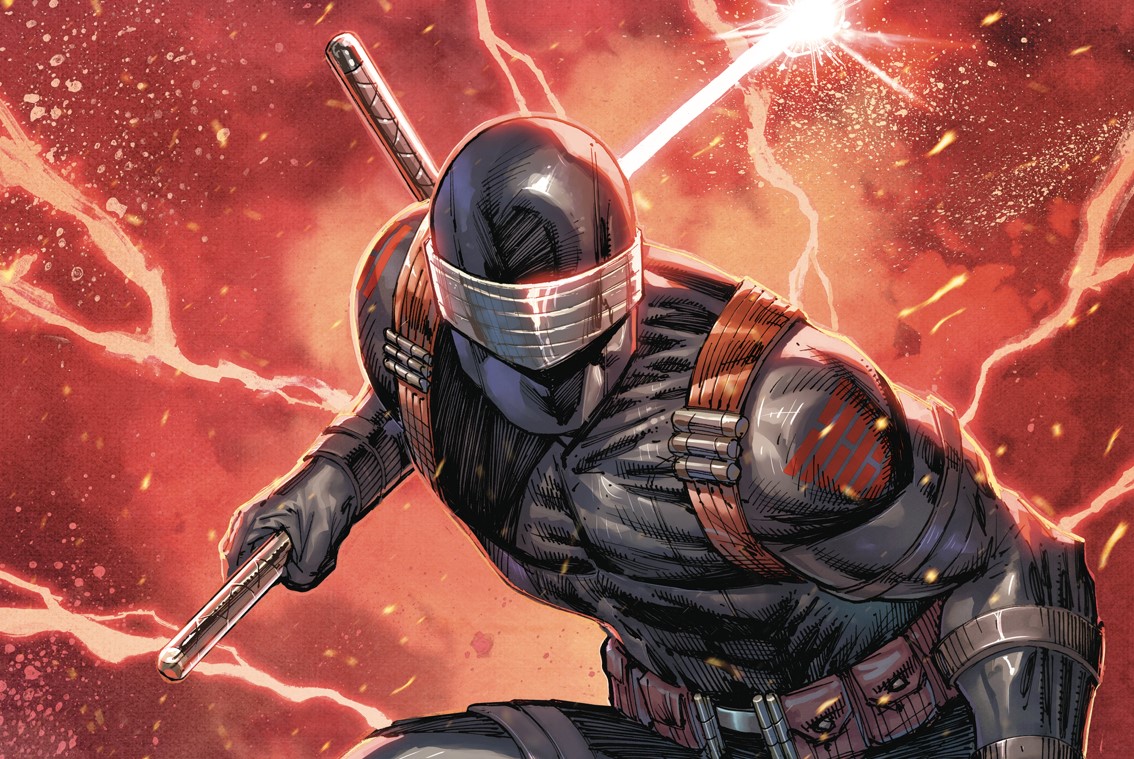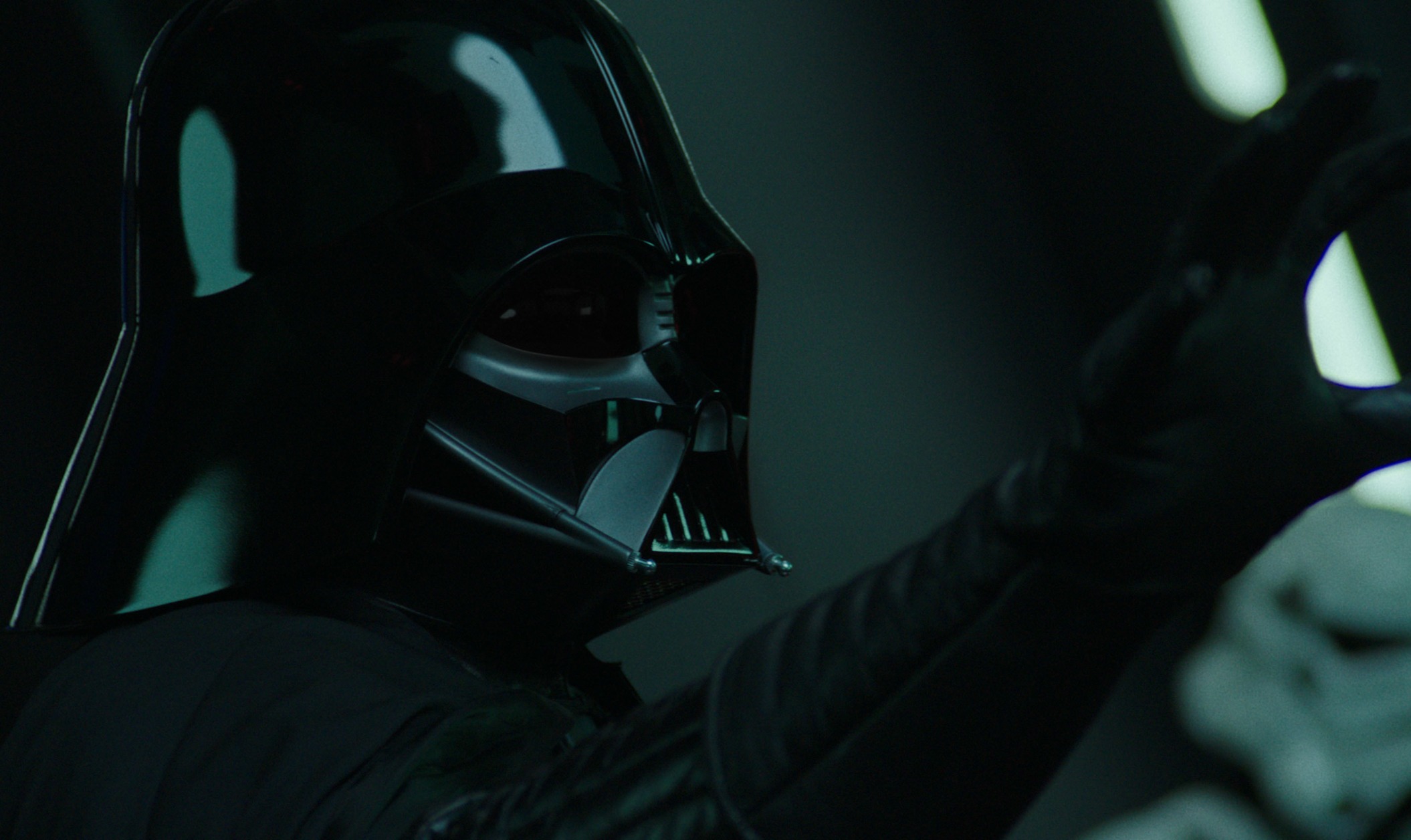![]()
These days, it feels like a director returning to do another installment of a comic book movie is a rarity, but that’s especially true for James Mangold, whose teaming with Hugh Jackman for 2013’s The Wolverine was quite a departure for a filmmaker who had already made a legit Western (3:10 to Zuma) and an Oscar-winning film (Walk the Line).
What Mangold did in The Wolverine, as far as dealing with that character’s history in Japan, Logan does with “Old Man Logan,†which was also meant to be the very last Wolverine story. The film follows Logan, Patrick Stewart’s now somewhat senile Charles Xavier, and a young girl named Laura (Dafne Keen), who has a lot in common with Logan, on a journey to find the girl a safe haven as one of the few mutants in a world where most of them have already been wiped out. On their tail is Donald Pierce (Boyd Holbrook) and his army of mechanically-enhanced mercenaries known as the Reavers, who want to bring Laura back to her original home where she got her powers.
LRM had a chance to sit down with Mangold at the New York junket for Logan a few weeks back, and the following short interview made it obvious the director could teach a master class in filmmaking if he ever chose to.
LRM: After seeing the movie and what a Wolverine movie looks like with an R-rating, do you feel that “The Wolverine†was limited or limiting be cause you had to do it with a PG-13 rating?
James Mangold: No, The Wolverine was not made to be an R and then pulled back. There may have been scenes we had to trim to get a PG-13, but this movie clearly would have no shot of a PG rating of any kind, and you’d have to do serious work to get it anywhere near one. The themes themselves are grown-up. The very ideas in the film are adult. It’s much more than whether you see blades protruding from someone’s head. The movie itself is just a grown-up film, I think.
LRM: As soon as Patrick Stewart says the F-word a second time, you just know that you’ve gone into that realm. He could have said it once and you would have been fine…
James Mangold: But most people don’t keep a f*ck count in their head, and the reality that even in a PG-13, you can say f*ck once or twice.
![]()
LRM: You can say it once. It literally is once.
James Mangold: I believe it’s twice if it’s non-sexual, but maybe I’m wrong. But it is crazy. The whole thing is crazy in one level or another. When you see what’s going on cable television on a daily basis…
LRM: You and Hugh Jackman had done the previous movie, so did you talk about what you wanted to convey in this morning or where you wanted Wolverine to go?
James Mangold: More than one. We talked a lot about it. I mean, we’re great friends, and we talked about our goals and desires for this movie, and tried to A.) deliver something for the fans that hadn’t been seen before, but B.) also, very selfishly for ourselves, to make it worth doing, not financially, but on a creative basis to make it really interesting for ourselves, to shake it up. He wanted to go out on a high note and wanted to be challenged in some way and not just make “one more time,†but go deeper, go longer, go riskier. And the goal was to somehow create a naturalistic tone… you know, a lot of these movies are shot almost entirely on soundstages with green screens and plates, to get out on the road, to let real wind blow their hair, to really see the landscape, to walk on real dirt, to make it real, to do the stunts more physically in an analog manner and not relying on CG for everything. All that was a big deal for us.
LRM: Did you get the impression that fans wanted more violence and not have it watered down or pulled back at all?
James Mangold: I think words are dangerous and “more violence†sounds bloodthirsty. I think they wanted to see their hero, who has knives coming out of his knuckles, do action that was designed and choreographed to exploit those knives in ways that are satisfying and exciting. It isn’t necessarily about just more violence, more guts, more anything like that. I think, like in Hong Kong cinema and Korean films and samurai films, they just wanted the natural extension of all these whirring blades — what was going to happen? And the arbitrary nature… I mean, in many ways, you may know this or not, but the ratings system is in a lot of ways skewed towards gunfire. Because you don’t see the penetration of a bullet, it makes bullets exceedingly palatable. You can mow down 75 people with less of a ratings impact than stabbing one. The graphic nature of a knife has a powerful effect, and we did want to liberate ourselves from that.
LRM: I think you’re being too nice because fans are bloodthirsty, going by the way how “John Wick 2†is playing. For some reason, that’s considered escapism…
James Mangold: Well, I think that’s true, but I will say–because the guys who make John Wick are friends of mine–that the reality is that there’s a theatricality… the modern action sequence is a cousin of a dance sequence–a bloody, brutal cousin to a kind of modern dance sequence in movies. Like, for instance, the rules are very similar. The best action sequences, the story doesn’t stop, but continues through the action. The best musical sequences, the action of the story and the plot and the feelings don’t stop when they start singing, but continue through the song. The best dance sequences have something original to do–the way it’s staged for the camera, the unique relationship of the camera to physical obstacles that they’re dancing and moving through produces visions you hope you haven’t seen before. Similarly, part of what I think fans love, I don’t believe I just about blood, just gore, again, but about imaginative staging…that they really get into, the ways filmmakers and choreographers and fight choreographers and the actors themselves can use the limitations and unique qualities of a location or a villain or a specific situation to do something they’ve never imagined before.
![]()
LRM: That was one of the things about the last movie, the samurai scenes and the ninjas were very well choreographed. Did you use the same people for this one?
James Mangold: No, that was one of the creators of Wick, David Leitch, who is working on Deadpool now, but on this film, I was working with different people, but the fact is that those guys all remain friends of mine. I’m not a big second unit guy. I have a little bit–they do some pieces in a splinter unit away from the set from me, but I try to keep an eye on all of it, because I really want to own the movie, meaning that I feel like–I may be really old-fashioned, but I like the idea that every shot has passed by my lens, my composition…
LRM: That seems like the most fun, too, so why would you want to give that to someone else?
James Mangold: Yes. It is, it is really fun, although it’s terrifying. There are sometimes where you’re waiting for three hours to roll over a car or do something where it’s the launch of a shuttle, where you’re dying but everyone has to get everything right.
LRM: If someone is doing dialogue and misses a line, you just do another take; if someone makes a mistake on a stunt, it’s scary…
James Mangold: It’s scary, yeah.
LRM: I want to talk about Dafne, because the emotional family aspect of the movie with the three of them…
James Mangold: I think that’s the part of the movie that’s going to startle people.
LRM: It did, even though it’s furthest away from what you might expect in a Wolverine movie or that family. That really stuck with me, and a lot of that has to do with Dafne, so how did you go about finding an actress who could do all that? Her facial expressions when she doesn’t have any dialogue were amazing but she’s going up against Hugh Jackman and Patrick Stewart.
James Mangold: I know, and she holds her own. She’s an incredibly gifted kid. It’s really her first film of any kind. She’s the daughter of two actors. Her Mom’s a Spanish actress, her Dad’s a British actor. She’s lived in both London and Madrid all her life, so she speaks two languages. Incredibly smart, tough, resilient young girl. Physically capable and handled a tremendous amount of the physical work in the movie, but more than anything, I think it’s also she’s a real actress, meaning that she wasn’t one of these kids where you tell her to, “Look this way, then smile, then blink.†She really would want to know what the context of the scene was, kind of help her understand what the emotional flow of the scene was for the character then let her go, and she handled the rest.
![]()
LRM: And then you doubled down by bringing in other kids to make it more challenging.
James Mangold: Well, you know that’s a special effect. To me, while the movie is reductive and economical in many ways then some of these films. I didn’t want audiences to feel like we didn’t challenge ourselves. It was hard, and it was a lot to wrangle, and a lot of children and a lot of soldiers, and a lot of violence. A lot to wrangle, but I wanted it in some way to become about youth and a new generation.
LRM: One of the things that I liked about the movie, which surprised me, was that you can watch this movie without knowing about any other X-Men movie or comic. Even though the characters are from the comics and movies, you can take them out of context with them other than a few instances…
James Mangold: But even so, anyone who hasn’t seen the movies can understand the reference in a very simple way. I certainly think knowing the world of these characters would enrich your experience. I feel strongly that when you make a movie, you’re not making an episode of a TV show–a serialized TV show, more aptly–and if you’re going to take this money from these people you owe people a story that works on its own from beginning to end.
LRM: It’s a huge problem right now, and I’m getting to the point where if I watch a sequel, and it ends on a cliffhanger–even “John Wick 2‖when it ended on a cliffhanger I was kind of annoyed, because they’re setting something else up and then the movie’s not over.
James Mangold: No, it’s like a never-ending TV show. To me, it’s not what I’m interested in. I think we should be delivering an experience that comes to an end and leaves you thinking.
LRM: Did you get a lot of freedom and liberty from Fox on this one? Were they more open to seeing what you guys wanted to do once you figured it out?
James Mangold: I think they very much recognized via several different factors: one was the success of Deadpool, even though it hadn’t come out by the time we were scripting and going into pre-production, and they committed to an R for our movie, I think they knew what the creative upside had been with Deadpool, and were very excited by what we could do. But I think there was something else that I have to give the studio credit for is that Emma Watts and Stacy Snyder at Fox were both really smart about understanding that the current modern tentpole film is wearing thin. The CG arms race of just going bigger, going bigger, is not yielding more enthusiasm for the pictures. In fact, people are getting numb, and for me, the only way through was to just break out of that arms race and to do it differently.
LRM: Any idea what you want to do next? I know you have been developing other things?
James Mangold: Yes, but I can’t talk about it today.
LRM: Is it going to be “20,000 Leagues Under the Sea� That’s all I want to know, because I’ve been dying to see a really good version of that.
James Mangold: No, but I do not believe that’s going to be the next movie, but I do think whatever I do next, I would like it to be on a human scale.
LRM: I think the last time I talked to you, you said the same thing but you ended up not doing a movie in between Wolverine movies.
James Mangold: I did, but that’s because Christian Bale tore his ACL. We were going to make Travis McGee.
LRM: Oh, maybe that’s the movie Rosamund Pike was talking about when I interviewed her.
James Mangold: Yeah, he tore his ACL 14 days before we began.
LRM: So you might still do that down the line?
James Mangold: Yes.
Logan opens nationwide on Friday, March 3 with previews on March 2.
Â

 FOR FANBOYS, BY FANBOYS
Have you checked out LRM Online’s official podcasts and videos on The Genreverse Podcast Network? Available on YouTube and all your favorite podcast apps, This multimedia empire includes The Daily CoG, Breaking Geek Radio: The Podcast, GeekScholars Movie News, Anime-Versal Review Podcast, and our Star Wars dedicated podcast The Cantina. Check it out by listening on all your favorite podcast apps, or watching on YouTube!
Subscribe on: Apple Podcasts | Spotify | SoundCloud | Stitcher | Google Play
FOR FANBOYS, BY FANBOYS
Have you checked out LRM Online’s official podcasts and videos on The Genreverse Podcast Network? Available on YouTube and all your favorite podcast apps, This multimedia empire includes The Daily CoG, Breaking Geek Radio: The Podcast, GeekScholars Movie News, Anime-Versal Review Podcast, and our Star Wars dedicated podcast The Cantina. Check it out by listening on all your favorite podcast apps, or watching on YouTube!
Subscribe on: Apple Podcasts | Spotify | SoundCloud | Stitcher | Google Play



